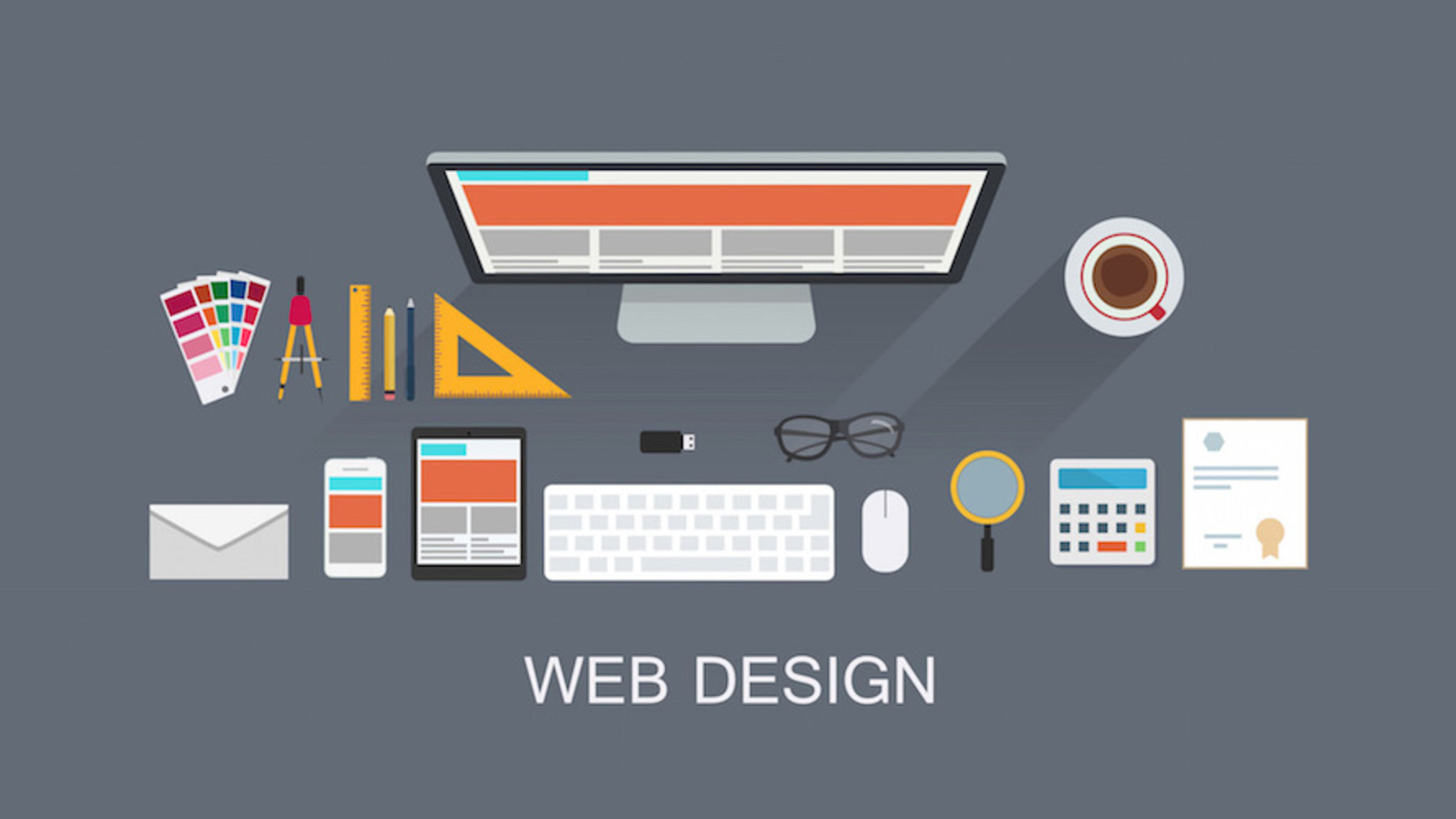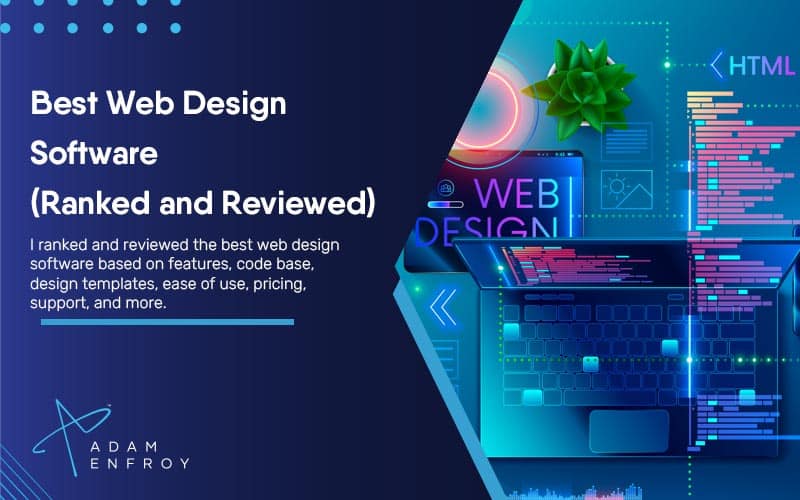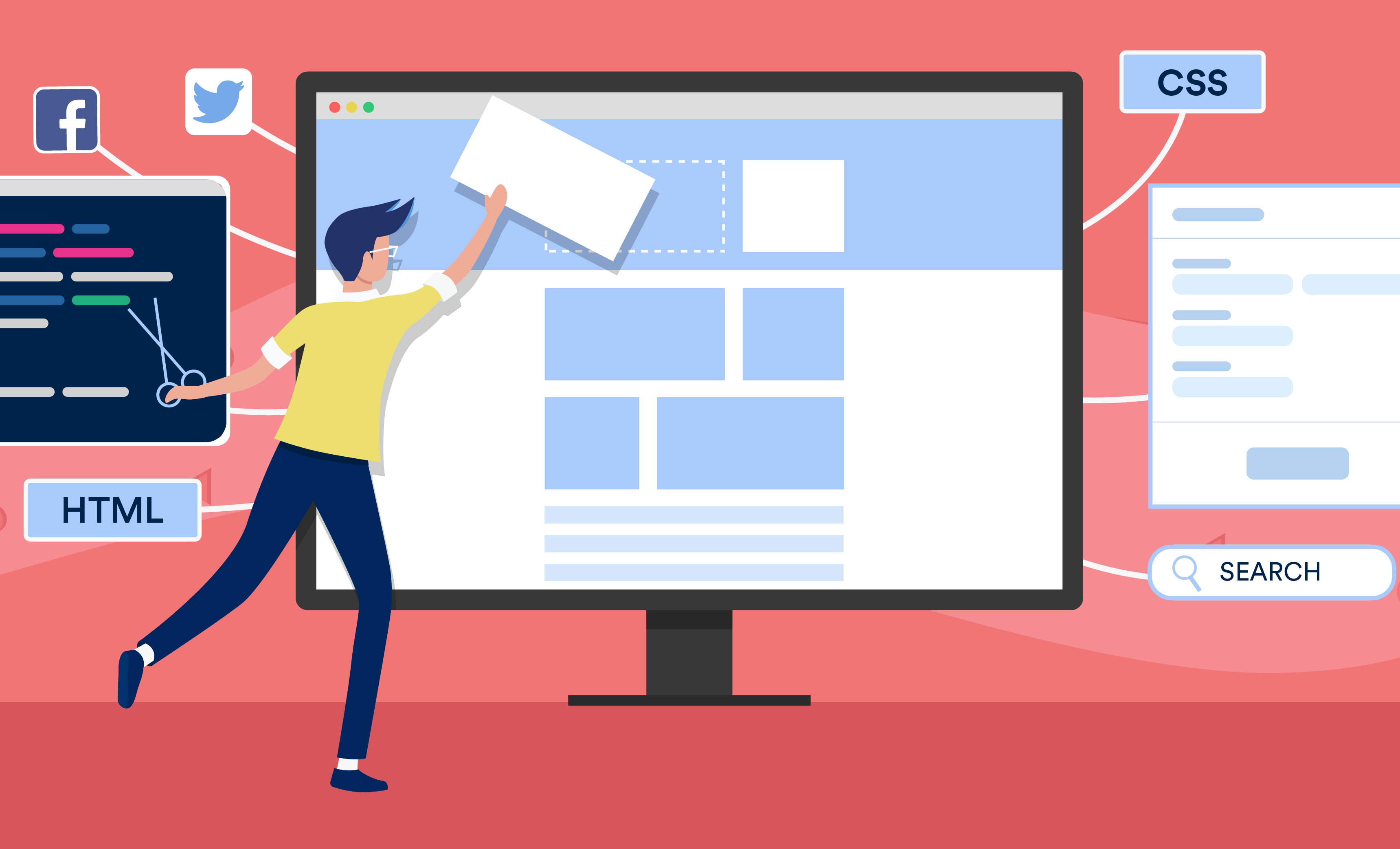All Categories
Featured
Table of Contents
- – Web Design And Applications - W3c Tips and Tri...
- – 34 Of The Best Website Designs To Inspire You...
- – Web Design & Seo By Acs - Syracuse Web Design...
- – Web Design Projects - Behance Tips and Tricks:
- – 12 Essential Tips For Improving Your Web Desi...
- – Responsive Design Best Practices - Google Sea...
- – 10 Principles Of Good Web Design - Smashing ...
- – Web Design Courses & Tutorials - Codecademy ...
- – Web Design Definition - Techterms Tips and T...
- – Indianapolis Web Design And Digital Marketin...
- – Web Design Museum 1991 – 2006 Tips and Tricks:
Web Design And Applications - W3c Tips and Tricks:
Quick summary Use and the energy, not the visual design, identify the success or failure of a site. Because the visitor of the page is the only individual who clicks the mouse and for that reason decides whatever, user-centric design has established as a basic technique for successful and profit-oriented website design - web design frederick md.
and the utility, not the visual style, determine the success or failure of a site. Because the visitor of the page is the only person who clicks the mouse and therefore decides everything, user-centric style has actually ended up being a basic technique for effective and profit-oriented website design. After all, if users can't use a function, it may as well not exist.
g. where the search box must be placed) as it has actually currently been performed in a variety of short articles; instead we concentrate on the methods which, used appropriately, can result in more advanced style choices and simplify the process of viewing presented info. Please observe that you might be interested in the usability-related articles we have actually published before: Principles Of Great Site Style And Efficient Web Design Standards, In order to use the concepts effectively we first require to comprehend how users engage with websites, how they believe and what are the standard patterns of users' habits.
34 Of The Best Website Designs To Inspire You In 2022 Tips and Tricks:
Visitors look at each new page, scan a few of the text, and click on the very first link that captures their interest or vaguely resembles the important things they're trying to find. In fact, there are large parts of the page they don't even look at. The majority of users look for something interesting (or beneficial) and clickable; as quickly as some appealing candidates are found, users click.
If a page supplies users with premium content, they want to compromise the content with ads and the style of the site. This is the factor why not-that-well-designed sites with premium content get a lot of traffic over years. Content is more essential than the design which supports it.

Very simple concept: If a site isn't able to fulfill users' expectations, then designer stopped working to get his job done effectively and the business loses cash. The greater is the cognitive load and the less user-friendly is the navigation, the more ready are users to leave the website and search for options.
Web Design & Seo By Acs - Syracuse Web Design - Google ... Tips and Tricks:
Neither do they scan web page in a linear fashion, going sequentially from one website section to another one. Rather users satisfice; they choose the first reasonable option. As quickly as they discover a link that seems like it might cause the objective, there is a great possibility that it will be right away clicked.
It does not matter to us if we comprehend how things work, as long as we can use them. If your audience is going to act like you're creating billboard, then design great signboards." Users desire to have the ability to control their web browser and rely on the consistent data presentation throughout the website.
If the navigation and website architecture aren't intuitive, the variety of concern marks grows and makes it harder for users to understand how the system works and how to obtain from point A to point B. A clear structure, moderate visual hints and easily identifiable links can assist users to discover their path to their aim.
Web Design Projects - Behance Tips and Tricks:

claims to be "beyond channels, beyond products, beyond circulation". What does it mean? Considering that users tend to explore sites according to the "F"-pattern, these three declarations would be the first aspects users will see on the page once it is packed. The design itself is simple and user-friendly, to understand what the page is about the user needs to browse for the response.
As soon as you've attained this, you can communicate why the system is beneficial and how users can take advantage of it. Individuals won't use your web site if they can't find their way around it. 2. Don't Misuse Users' Patience, In every project when you are going to use your visitors some service or tool, try to keep your user requirements minimal.
Newbie visitors are prepared to, not filling long web forms for an account they might never ever utilize in the future. Let users check out the website and find your services without requiring them into sharing private data. It's not sensible to force users to go into an email address to check the feature.
12 Essential Tips For Improving Your Web Design In 2022 Tips and Tricks:
And that's what you want your users to feel on your web website. The registration can be done in less than 30 seconds as the kind has horizontal orientation, the user does not even require to scroll the page.
A user registration alone suffices of an obstacle to user navigation to reduce inbound traffic. 3. Handle To Focus Users' Attention, As sites offer both static and vibrant content, some elements of the user interface draw in attention more than others do. Clearly, images are more eye-catching than the text simply as the sentences marked as bold are more attractive than plain text.
Focusing users' attention to particular areas of the website with a moderate usage of visual elements can help your visitors to get from point A to point B without thinking of how it actually is supposed to be done. The less question marks visitors have, the they have and the more trust they can develop towards the business the site represents.
Responsive Design Best Practices - Google Search Central Tips and Tricks:
4. Strive For Function Direct exposure, Modern web designs are typically criticized due to their technique of guiding users with aesthetically appealing 1-2-3-done-steps, large buttons with visual effects etc. From the design point of view these elements actually aren't a bad thing. On the contrary, such as they lead the visitors through the site content in a very easy and easy to use method.
The website has 9 primary navigation choices which are visible at the first look. What matters is that the material is well-understood and visitors feel comfy with the method they communicate with the system.
Instead a cost: simply what visitors are looking for. An optimum option for efficient writing is touse short and concise expressions (come to the point as rapidly as possible), usage scannable layout (classify the material, use several heading levels, use visual components and bulleted lists which break the flow of uniform text blocks), usage plain and unbiased language (a promotion does not need to sound like advertisement; provide your users some affordable and unbiased factor why they ought to utilize your service or remain on your site)6.
10 Principles Of Good Web Design - Smashing Magazine Tips and Tricks:
Users are hardly ever on a site to delight in the design; additionally, for the most part they are looking for the info in spite of the style - web design frederick md. Make every effort for simpleness rather of complexity. From the visitors' viewpoint, the finest site style is a pure text, without any advertisements or more material blocks matching precisely the inquiry visitors utilized or the content they've been trying to find.
Finch clearly provides the info about the site and gives visitors a choice of alternatives without overcrowding them with unneeded material. 7. Don't Hesitate Of The White Area, In fact it's really tough to overestimate the value of white area. Not just does it assist to for the visitors, however it makes it possible to view the details presented on the screen.
Complex structures are more difficult to check out, scan, examine and deal with. If you have the option between separating two style sections by a visible line or by some whitespace, it's normally much better to use the whitespace solution. (Simon's Law): the much better you manage to offer users with a sense of visual hierarchy, the simpler your material will be to perceive.
Web Design Courses & Tutorials - Codecademy Tips and Tricks:
The same conventions and rules ought to be applied to all elements.: do the most with the least quantity of cues and visual aspects. 4 significant indicate be considered: simpleness, clearness, diversity, and focus. Simpleness consists of only the aspects that are crucial for communication. Clarity: all components should be created so their meaning is not uncertain.
Conventions Are Our Friends, Conventional design of website elements does not lead to a dull website. As they minimize the discovering curve, the requirement to figure out how things work. For instance, it would be a functionality headache if all websites had different visual discussion of RSS-feeds. That's not that various from our regular life where we tend to get utilized to fundamental concepts of how we arrange information (folders) or do shopping (positioning of products).
comprehend what they're getting out of a website navigation, text structure, search positioning etc. A case in point from functionality sessions is to translate the page in Japanese (assuming your web users do not know Japanese, e. g. with Babelfish) and offer your use testers with a job to find something in the page of various language.
Web Design Definition - Techterms Tips and Tricks:
Test Early, Test Often, This so-called TETO-principle needs to be used to every web style task as use tests often offer into significant problems and concerns related to an offered design. Test not too late, not too little and not for the wrong factors.
Some essential indicate bear in mind: according to Steve Krug, and testing one user early in the project is better than screening 50 near the end. Accoring to Boehm's first law, mistakes are most regular throughout requirements and style activities and are the more costly the later on they are gotten rid of.
That suggests that you create something, test it, fix it and after that test it again. There may be issues which have not been found throughout the very first round as users were almost blocked by other issues. use tests. Either you'll be pointed to the problems you have or you'll be pointed to the absence of significant design defects which remains in both cases a helpful insight for your project.
Indianapolis Web Design And Digital Marketing Agency Tips and Tricks:

This holds for designers also. After you have actually dealt with a site for few weeks, you can't observe it from a fresh perspective any longer. You know how it is developed and therefore you understand precisely how it works you have the wisdom independent testers and visitors of your website wouldn't have.
It can be linked to other locations such as graphic style, user experience, and multimedia arts, however is more appropriately seen from a technological standpoint. It has actually ended up being a big part of people's daily lives. It is difficult to envision the Internet without animated graphics, various designs of typography, background, videos and music.

During 1991 to 1993 the Web was born. Text-only pages might be seen using a simple line-mode browser. In 1993 Marc Andreessen and Eric Bina, developed the Mosaic web browser. At the time there were several internet browsers, nevertheless the majority of them were Unix-based and naturally text heavy. There had actually been no integrated technique to graphic style components such as images or noises.
Web Design Museum 1991 – 2006 Tips and Tricks:
The W3C was produced in October 1994 to "lead the Web to its complete potential by establishing typical procedures that promote its development and guarantee its interoperability." This discouraged any one business from monopolizing a propriety browser and shows language, which might have altered the result of the Internet as a whole.
As this has actually taken place the innovation of the web has also moved on. There have actually likewise been significant changes in the method people use and access the web, and this has altered how sites are created.
Learn more about Lovell Media Group LLC or TrainACETable of Contents
- – Web Design And Applications - W3c Tips and Tri...
- – 34 Of The Best Website Designs To Inspire You...
- – Web Design & Seo By Acs - Syracuse Web Design...
- – Web Design Projects - Behance Tips and Tricks:
- – 12 Essential Tips For Improving Your Web Desi...
- – Responsive Design Best Practices - Google Sea...
- – 10 Principles Of Good Web Design - Smashing ...
- – Web Design Courses & Tutorials - Codecademy ...
- – Web Design Definition - Techterms Tips and T...
- – Indianapolis Web Design And Digital Marketin...
- – Web Design Museum 1991 – 2006 Tips and Tricks:
Latest Posts
Awwwards - Website Awards - Best Web Design Trends Tips and Tricks:
Website Design - Best Ecommerce Web Design By Shopify Tips and Tricks:
Web Design Shopify:
More
Latest Posts
Awwwards - Website Awards - Best Web Design Trends Tips and Tricks:
Website Design - Best Ecommerce Web Design By Shopify Tips and Tricks:
Web Design Shopify: